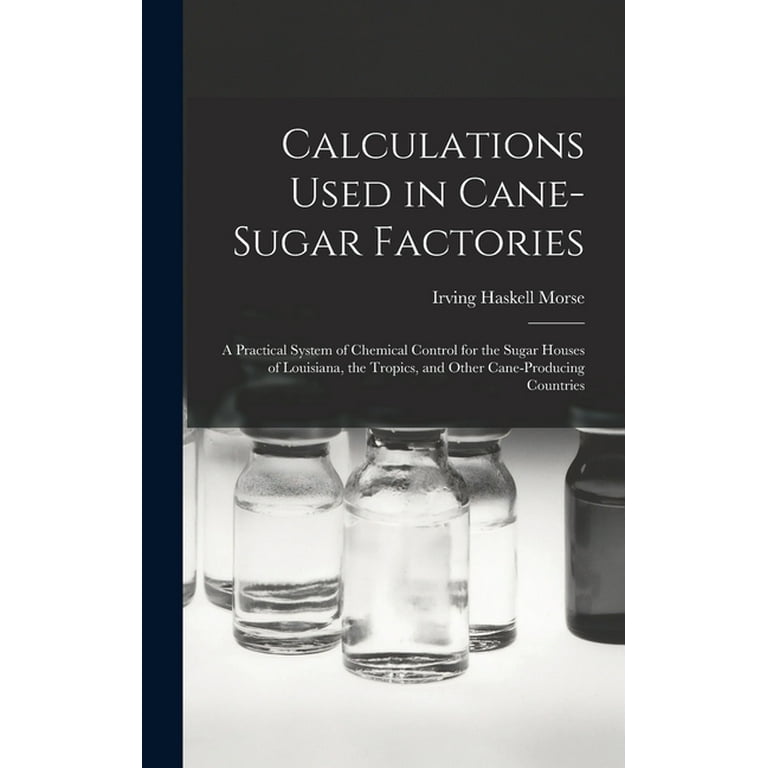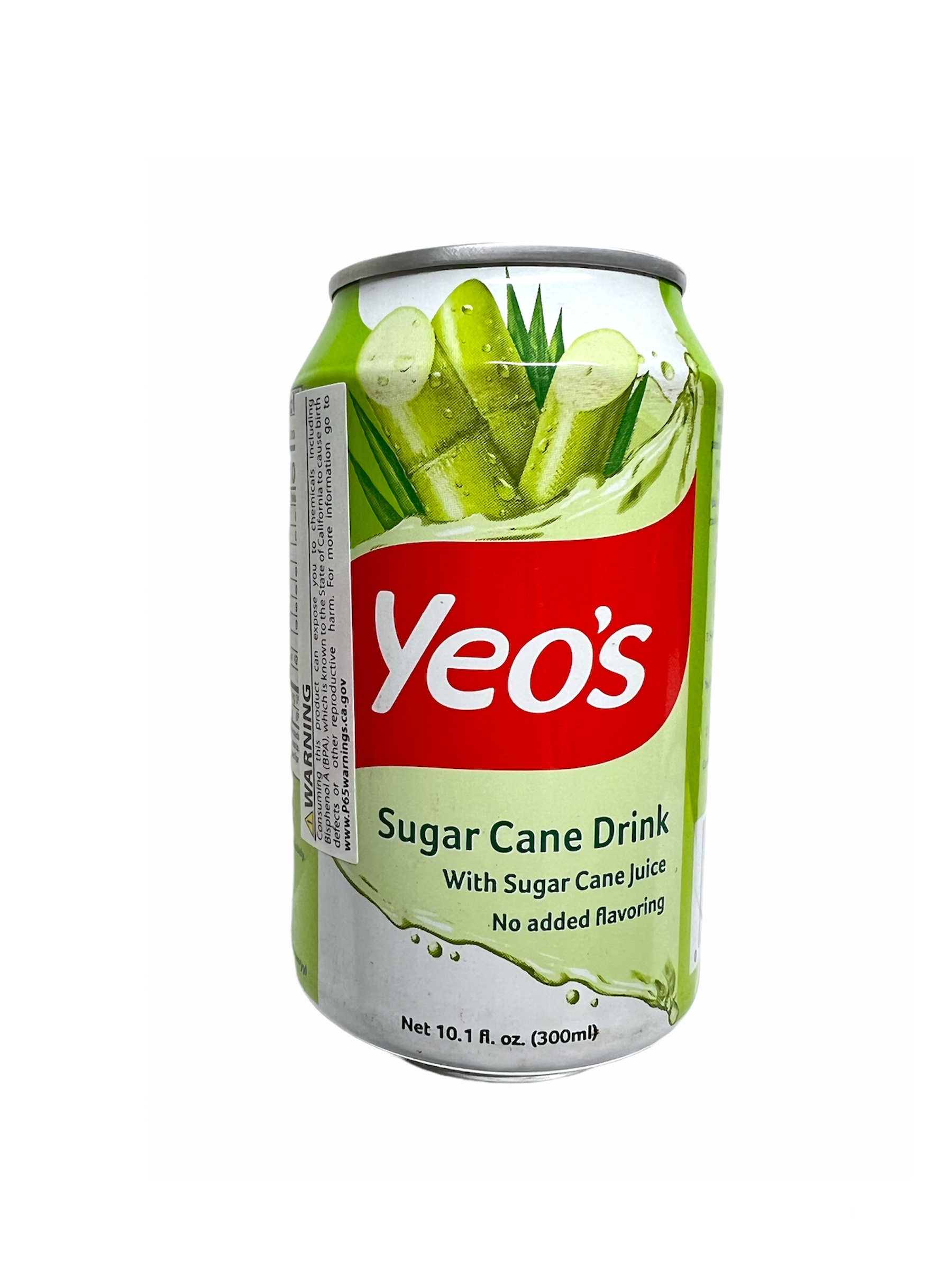Recognizing the Diverse Functions of Sugar Cane in Farming and Manufacturing
Sugar Cane plays an essential function in both farming and manufacturing. As a major money plant, it influences economies in tropical regions. Its convenience extends past sugar production to biofuels and naturally degradable products. In addition, sugar Cane farming advertises dirt wellness and biodiversity. The full range of its contributions and prospective in sustainable practices remains to be explored. What innovative actions could enhance its duty in future farming systems?
The Agricultural Value of Sugar Walking Cane
Sugar Cane plays an important role in agriculture, adding substantially to the economies of several exotic and subtropical areas. This lawn types flourishes in warm environments, calling for adequate sunshine and water, making it a suitable plant for these areas. Sugar Cane is primarily grown for its high sucrose web content, which offers as a vital raw product for sugar production. Additionally, it plays a significant duty in soil conservation by preventing disintegration and improving soil fertility through its development cycles. Sugar walking stick's comprehensive root system help in water retention, benefiting bordering plants. Furthermore, the crop sustains local ecosystems by providing environment and food for different wildlife species. Farmers typically incorporate sugar Cane into crop turning systems, boosting biodiversity and agricultural resilience. The farming of sugar Cane not only fulfills regional food needs yet also promotes sustainable farming methods, promoting long-lasting environmental health and wellness in farming communities.
Economic Payments of Sugar Cane Cultivation
Although sugar Cane is often forgotten, its economic contributions are substantial, particularly in establishing nations where it works as a necessary cash crop. The farming of sugar Cane generates considerable revenue for millions of farmers, supplying incomes and promoting country growth. As a versatile crop, it sustains numerous sectors, including sugar production, biofuels, and pharmaceuticals, subsequently stimulating neighborhood economic climates.
In addition, sugar Cane farming promotes task creation in farming industries, refining centers, and transport networks. It also contributes to forex incomes via exports, enhancing national financial stability. In areas such as Brazil and India, sugar Cane plays a pivotal function in farming exports, boosting trade balances.
Additionally, the crop's by-products, like bagasse and molasses, offer more financial possibilities, used in power generation and animal feed. The economic influence of sugar Cane prolongs beyond mere farming, affecting more comprehensive agricultural and industrial landscapes.
The Process of Sugar Production From Cane

The trip from sugar Cane to refined sugar entails a number of essential phases that highlight the intricacy of sugar production. Mature sugar Cane stalks are collected and delivered to processing centers. What Is Sugar Cane Used For. The Cane is then squashed to draw out juice, which includes a high focus of sucrose. This juice goes through clarification, where contaminations are gotten rid of, typically using lime and heat
Next off, the clarified juice is vaporized to concentrate the sugar web content. The resulting syrup is then subjected to condensation, permitting sugar crystals to develop. These crystals are divided from the continuing to be syrup with centrifugation and cleaned to eliminate any kind of residual molasses.
The last stage entails refining, where sugar crystals are additional detoxified and bleached, leading to the white granulated sugar typically used in food items. This meticulous procedure highlights the elaborate journey from raw Cane to the sugar that plays a vital duty in various culinary applications.
Sugar Cane as a Resource of Biofuels
As interest in renewable resource resources expands, sugar Cane has actually emerged as a considerable prospect for biofuel manufacturing. The plant's high sugar web content enables efficient fermentation processes, converting sugars into ethanol. This biofuel serves as a sustainable choice to nonrenewable fuel sources, reducing greenhouse gas emissions and promoting energy sustainability.
Countries like Brazil have long utilized sugar Cane for ethanol, establishing substantial manufacturing facilities that sustains both residential energy requirements and worldwide export. The farming of sugar Cane for biofuel has actually likewise produced financial chances, specifically in backwoods, where it generates work and sustains neighborhood agriculture.
Sugar Cane biofuels can be incorporated right into existing gas systems, making them a practical solution for shifting away from traditional power resources. As technical innovations remain to enhance production efficiency, sugar cane's duty in biofuel growth is poised to broaden, even more you could try this out adding to global initiatives towards renewable energy fostering.
Cutting-edge Uses Sugar Cane in Biodegradable Plastics
A growing number of producers and scientists are checking out ingenious uses of sugar Cane in the production of biodegradable plastics. Sugar walking cane, rich in sucrose, can be refined to establish polylactic acid (PLA), a biopolymer that serves as a choice to petroleum-based plastics. This bioplastic can be utilized in numerous applications, including product packaging, disposable flatware, and agricultural movies.
Using sugar cane-derived PLA offers several benefits, such as minimized dependancy on fossil fuels and the capacity for reduced carbon emissions during manufacturing. Additionally, sugar walking stick's eco-friendly nature makes it an appealing option in the pursuit for lasting materials. Current advancements in processing methods have actually improved the efficiency and cost-effectiveness of creating these bioplastics, cultivating greater adoption in the market. As the demand for eco-friendly services grows, sugar Cane sticks out as a valuable resource in the shift in the direction of greener production practices.
Environmental Benefits of Sugar Cane Farming

Additionally, sugar Cane calls for much less water compared to other plants, making it suitable for farming in arid areas. Reliable use of crop residues, such as bagasse, can minimize waste and give renewable resource resources. Sugar Cane farming can assist in the establishment of agroforestry systems, producing a synergistic connection in between trees and crops. These techniques not only shield the atmosphere but likewise promote lasting farming methods, ultimately benefiting local neighborhoods and communities.
The Future of Sugar Cane in Lasting Practices

The possibility for sugar Cane to add to renewable energy sources is gaining traction. Biofuels originated from sugar Cane can significantly reduce carbon discharges compared to fossil fuels, lining up with worldwide climate goals. Additionally, improvements in waste administration permit the use of spin-offs, additionally lessening ecological effect.
Research study into drought-resistant sugar Cane ranges is likewise underway, using strength versus environment modification. As stakeholders across the industry embrace these lasting techniques, sugar Cane is positioned to play a necessary function in promoting agricultural sustainability, guaranteeing its significance in future markets and contributing positively to ecological equilibrium.

Regularly Asked Inquiries
Exactly How Does Sugar Cane Affect Dirt Health And Wellness and Fertility?
The impact of sugar Cane on dirt health and wellness and fertility is significant. Its considerable root system enhances dirt framework, while raw material from rotting fallen leaves contributes essential nutrients, promoting total fertility and supporting varied microbial life.
What Are the Labor Conditions for Sugar Cane Workers?
Labor problems for sugar Cane workers vary extensively, typically identified by long hours, reduced incomes, and risky settings. Numerous face obstacles such as absence of access to health care and not enough protective steps versus hazardous conditions.
Can Sugar Cane Be Expanded in Non-Tropical Environments?
Sugar Cane generally prospers in exotic climates as a result of its heat and humidity demands. Nonetheless, certain non-tropical regions may effectively grow it via details agricultural practices, though yields and high quality might be substantially reduced.
What Pests Commonly Threaten Sugar Cane Crops?
Insects threatening sugar Cane crops include the sugarcane borer, aphids, and nematodes. These organisms can considerably affect plant return, requiring reliable parasite monitoring techniques to ensure healthy development and take full advantage of farming performance.
Just How Does Sugar Cane Cultivation Impact Local Communities?
The cultivation of sugar Cane substantially impacts local communities by providing job opportunity, boosting economic growth, and influencing social frameworks. Furthermore, it can result in environmental obstacles, influencing agricultural practices and area wellness in the region.
Sugar Cane is primarily grown for its high sucrose material, which serves as an important raw material for sugar manufacturing. Farmers commonly integrate sugar Cane into plant turning systems, improving biodiversity and agricultural resilience. The trip from sugar Cane to polished sugar includes several vital stages that read here highlight the intricacy of sugar manufacturing. The final phase entails refining, where sugar crystals are additional purified and blonde, resulting in the white granulated sugar generally utilized in food items. The plant's high sugar material allows reliable fermentation processes, converting sugars right into ethanol.